New data reveals record pressure on Victorian healthcare system
Pressure is mounting on the healthcare system as hospitals and paramedics face record demand, but Ambulance Victoria has again failed to meet its “lights and sirens” response time as it hits crisis point.
Victoria
Don't miss out on the headlines from Victoria. Followed categories will be added to My News.
Victorian hospitals and paramedics faced record demand last quarter, with new figures revealing Ambulance Victoria again failed to meet a key target.
Despite Ambulance Victoria at crisis point, with two separate unions launching no confidence motions in the leadership team, the Allan government has revealed it won’t place the besieged agency into administration.
Health Minister Mary-Anne Thomas on Thursday said she wasn’t considering such drastic action but said she had made it “very clear” to Ambulance Victoria that it needed to urgently strike a deal to end the ongoing pay dispute with paramedics.
“Obviously there’s a couple of challenges at the moment. I share the frustration that our paramedics feel,” she said.
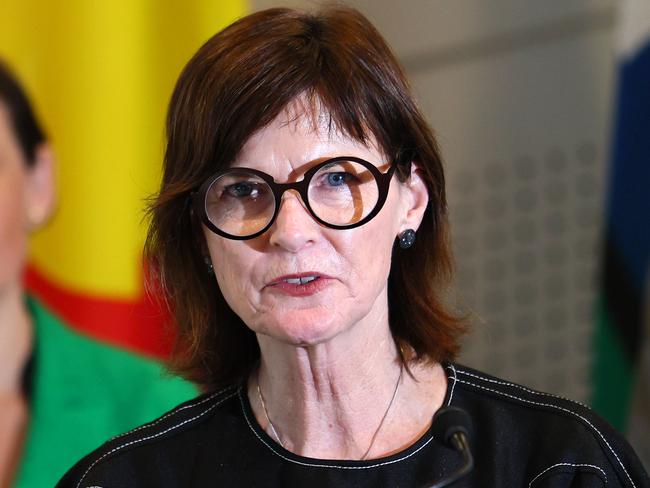
Addressing the release of new quarterly health data on Thursday, Ms Thomas said improvements needed to be made at Ambulance Victoria.
The data revealed the besieged agency failed to meet its target – to respond to 85 per cent of “lights and sirens” cases within 15 minutes – again.
Victorian Ambulance Union Secretary Danny Hill said no paramedics would be surprised response times have gotten worse and warned patients were “suffering”.
“The entire workforce has been screaming ‘iceberg right ahead’, and now the ship is sinking,” he said.
The union, currently in the middle of protected industrial action, has repeatedly warned resources are being mismanaged and has called on the government to replace the agency’s executive team.
“AV is an emergency service,” Mr Hill said.
“Paramedics are spending more time ramped at hospital, more time being sent to trivial cases and less time responding to genuine emergency patients.
“They are sick of hearing the AV executive say it’s out of their control.”
Paramedics – under enormous pressure – reached just 64.2 per cent of such calls within time, marking the 15th quarter in a row where the agency reached less than 80 per cent.
It means that, on average, at least one in five “lights and sirens” callers have waited more than 15 minutes for an ambulance every quarter since 2020.
Ambulance Victoria received more 102,379 Code 1 cases in just three months, its busiest quarter on record and a 5 per cent increase in demand compared to this time last year.
“It’s obviously clear there is more work to do but when we are seeing record numbers of people calling for an ambulance, it’s placing some real pressure on the system,” Ms Thomas said.
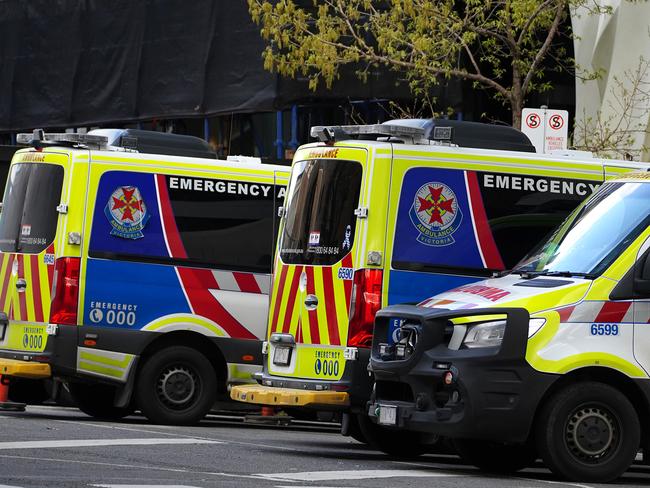
Victoria’s emergency departments also had their busiest-ever quarter since records began, with more than 500,000 patients presenting to public emergency departments between April and June.
“That’s almost the entire population of Tasmania presenting to our emergency department in one quarter,” Ms Thomas said.
“And yet despite this demand, our emergency departments continue to treat the most critically unwell people.”
The record figures come after healthcare professionals repeatedly warned about spiking patient demand and the crushing pressure facing emergency medicine.
But Ms Thomas said despite record demand from seasonal illnesses, the system is “stable” and has enjoyed “some really significant signs of improvement”, pointing to significant cuts to the elective surgery waitlist.
The planned surgery waitlist has dropped by a third compared to the same time last year – after a record 210,000 operations were performed in the last 12 months.
As of June 30 this year, 58,000 Victorians were still waiting for surgery, compared to more than 71,000 in 2023.
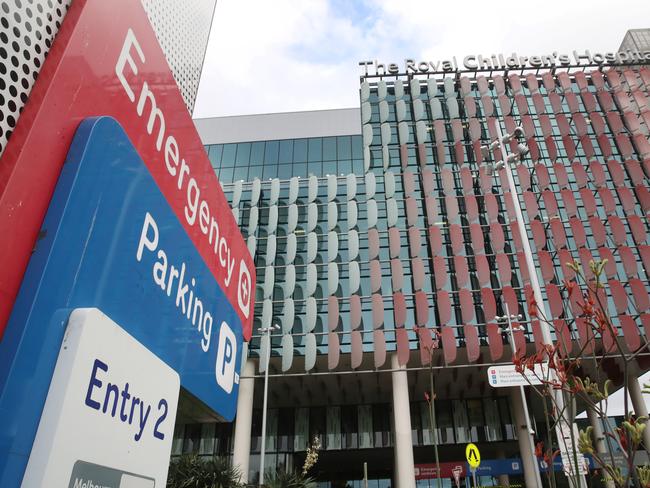
While the average person waited 31 days for planned surgery – with 82 per cent of patients operated on within the clinically recommended time – thousands still faced lengthy delays, with some waiting two years.
The state’s average ‘overdue’ non-urgent patient – which refers to those who have been on the waitlist for longer than the clinically recommended one year – had been waiting for 709 days.
At Royal Melbourne, the average overdue category three patient has been on the list for a staggering 871 days – more than two years, followed by Western Health’s overdue average of 792 days for non-urgent patients.
The numbers were even higher within health services’ individual hospitals, such as Cranbourne Integrated Care Centre, which is within Monash Health, and whose overdue category three patients had waited an alarming 1027 days on average.
More than one in 10 patients at the Royal Children’s Hospital have been waiting more than a year for planned surgery.
Hospitals also fell short of ambulance ramping targets and almost 40 per cent of patients found themselves stuck on ambulance stretchers – typically in hospital car parks or corridors – for longer than 40 minutes.
This was well short of the hospital’s target, which is to transfer 90 per cent of all patients within the 40-minute timeframe.
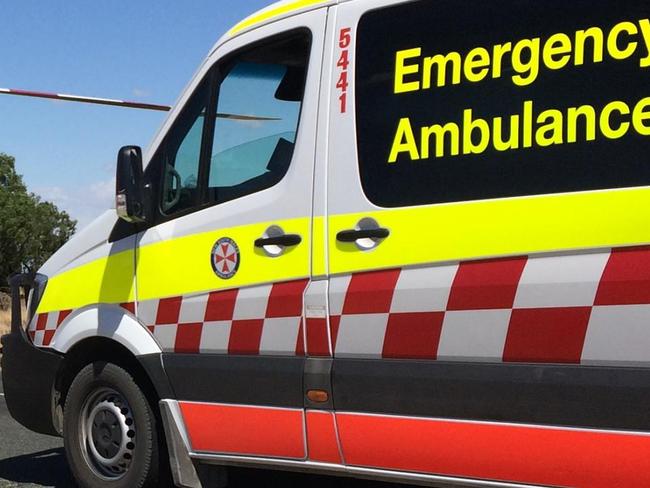
Damning research on Ambulance Victoria data has previously suggested being ramped for longer than just 17 minutes was associated with a number of potentially avoidable deaths.
Another measure of emergency department pressure – the number of 24 hour stays – also increased, with more than 3,400 patients across the state spending an entire day in what is designed to be a temporary stay ward. This was more than double the previous quarter, but similar to the same period – which includes winter – last year.
However, Ms Thomas said Victorians should feel confident that the health system was managing demand “very well”.
“We are seeing stabilisation in the system and I can assure all Victorians that the sickest patients, those with life threatening illness or injury, are always treated immediately in our emergency departments,” she added.
The quarterly performance data – which covers hundreds of measures across the health system – was released just moments before the Health Minister’s press conference began, meaning journalists had little time to analyse the data themselves before questions began.
The peak body for Victoria’s public hospitals said the record patient demand was proof that hospital funding cannot be cut in the upcoming health budget review.
Hospital insiders from across the state have repeatedly warned frontline services would be cut if the government proceeded with the new financial targets for health services.
The Victorian Healthcare Association chief executive Leigh Clarke said the performance data highlighted positive improvements, but also that more Victorians were “using the hospital system than ever before”.
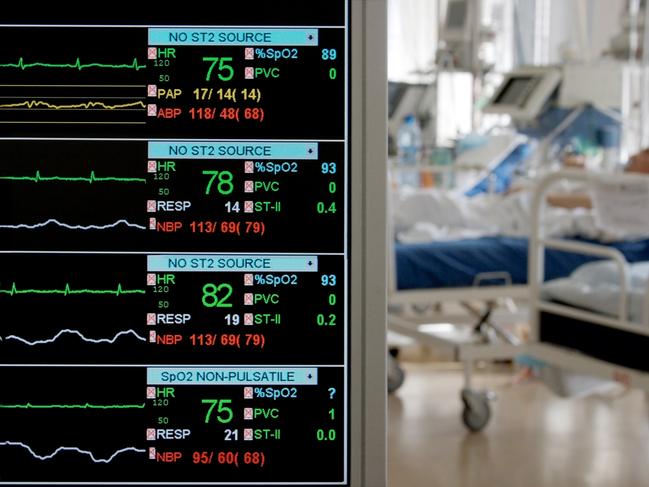
She warned the government they cannot take their “foot off the pedal”, and said they “consider the level of funding needed to avoid significant risks to clinical staff, services, and ultimately Victorian patients”.
“The request for financial break-even in one year, combined with cuts to activity-based revenue, goes against the aim of increasing access to care and leaves services with choices that are clearly unpalatable,” she said.
Health services have submitted their new budgets to the department for approval – and have been awaiting a response – while the Allan government has repeatedly denied the mandate for health services to break even will not impact frontline health services.
Ms Clarke said: “The Victorian government must work with services to address where they are seeing increased demand and what is needed to ensure the funding envelope matches the need of Victorian patients”.
“We welcome the Premier’s commitment to ensuring no impacts to patient care and a willingness from the government to engage in fair negotiations ahead of agreeing on finalised budgets.”
Other key data points:
•More than 84,000 category two patients and 219,000 category three patients attended the state’s emergency departments last quarter, a new record.
•There were still almost 20,000 more people waiting for planned surgery compared to this period, pre-pandemic.
•One in 10 patients statewide waited 252 days for planned surgery.
•All category one patients – defined as those who needed immediate, lifesaving care such as resuscitation – were seen immediately in hospital emergency departments.
•Almost 70 per cent of hospital emergency department patients were seen within the clinically recommended time – short of the 80 per cent target – with a median waiting time of 15 minutes.



